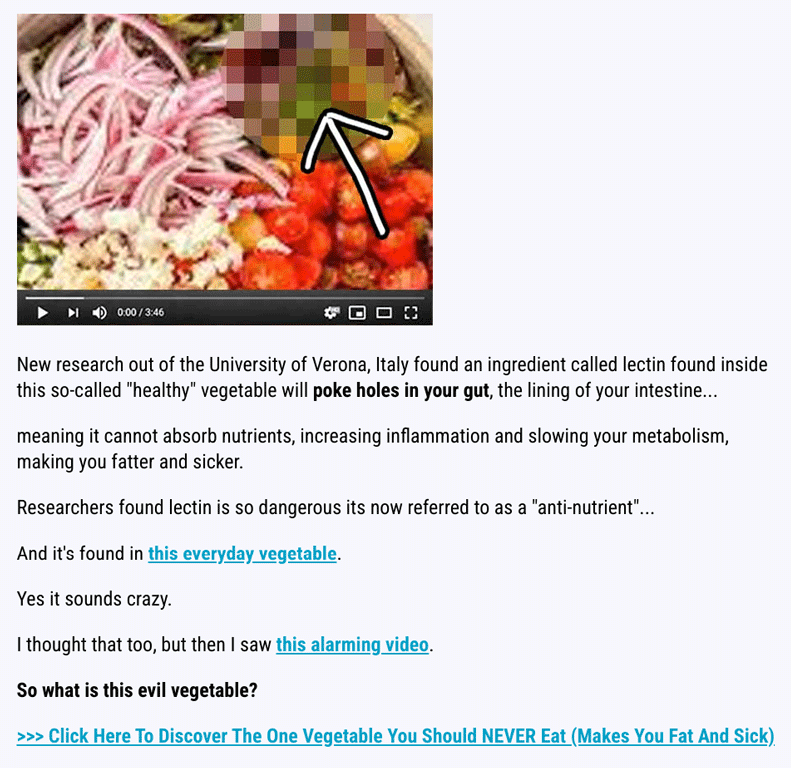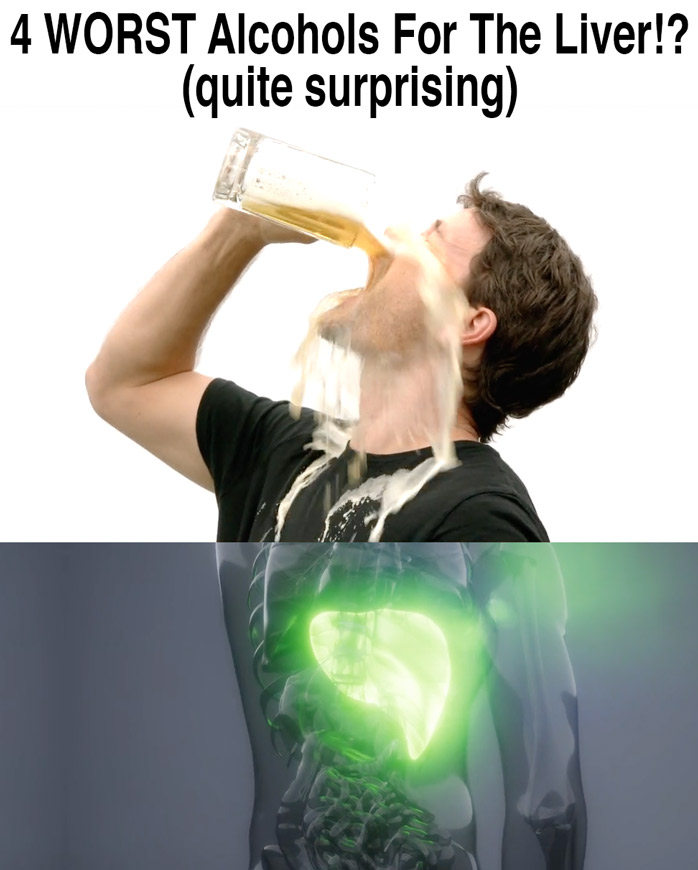Please follow us on Telegram to be sure to receive our latest posts!

Infographic – herbshealthhappiness.com
The amount of waste produced by humans is millions of tons per year. The term “human footprint” is defined as the impact of humans on our environment – specifically how much of the Earth’s natural resources we use up and how we affect the health of our planet. Part of the human footprint is how much waste we produce and how long it takes before that waste is fully integrated back into the environment. [1][2]
Biodegradable Vs. Non-biodegradable Waste
Before we can fully understand how much waste we actually produce, we first have to understand that waste can be divided into one of two categories: biodegradable vs. non-biodegradable waste. Anything biodegradable is easily broken down by the environment. This kind of waste is typically made of natural materials, making it easy for the environment to “degrade” them back into nature. On the other hand, materials that require industrial / chemical processes to create and which are much more difficult for the environment to break down are called non-biodegradable. [3]
Because different items are made up of different components, they all decompose or degrade at different speeds. A document released by The New Hampshire Department of Environmental Sciences reported how long different waste products take to decompose in the environment: [4]
Paper towels: 2 to 4 weeks
Banana/orange peel: 2 to 5 weeks
Newspaper: 6 weeks
Apple core: 2 months
Waxed milk carton: 3 months
Plywood: 1 to 3 years
Wool socks: 1 to 5 years
Cigarette butt: 1 to 5 years
Plastic bag: 10 to 20 years
Plastic film container: 20 to 30 years
Nylon fabric: 30 to 40 years
Leather: 50 years
Tin cans: 50 years
Rubber boot sole: 50 to 80 years
Foamed plastic cups: 50 years
Foamed plastic buoy: 80 years
Aluminum can: 80 to 200 years
Disposable diapers: 450 years
Plastic bottles: 450 years
Monofilament fishing line: 600 years
Glass bottle: 1 million years
This is how long the earth has to suffer due to the waste humans produce. It is even worse when items like plastic bottles and aluminum cans degrade in the soil or water, because they leave behind harmful chemicals that make the ground and water toxic to plants, animals, and humans alike.
Plastic has come to be regarded as an enemy of nature. An article published by National Geographic focused on the dangers of plastic degrading the ocean, with very terrifying results. Barry reported that plastic in the ocean degrades faster than is initially known, with degradation beginning within the first year that the plastic is in the water. However, this leaves the toxins in the water. The article focused on the results of a team of researchers who collected water samples from all over the world. All the samples contained derivatives of polystyrene – a component of plastic products like plastic cutlery, Styrofoam, and plastic cases. A 2011 study reported that styrene derivatives were carcinogenic to humans, specifically lymphatic and hematopoietic cancer. [5][6]
A lot of concern has been raised on how we manage our waste, with fingers being pointed at the government for bad policies and laws that govern the safety of our earth. At the bottom of it all is a need for everyone to do their own part and remember to reduce, reuse, and recycle. With each human producing on average close to a ton of trash in his or her lifetime (four-fifths, according to National Geographic), we all need to pull our weight.
References:
[1] Kulpinski, D. Human Footprint: Where Does All the Stuff Go? https://channel.nationalgeographic.com/channel/human-footprint/trash-talk.html
[2] World Wildlife Fund. The Human Footprint. https://www.worldwildlife.org/threats/the-human-footprint
[3] World Wildlife Fund. Biodegradable and Non-biodegradable. https://wwf.panda.org/about_our_earth/teacher_resources/webfieldtrips/bio_nonbio_materials/
[4] New Hampshire Department of Environmental Sciences. Time it takes for garbage to decompose in the environment. https://www.des.nh.gov/organization/divisions/water/wmb/coastal/trash/documents/marine_debris.pdf
[5] Barry, C. (2009). Plastic Breaks Down in Ocean After All. https://news.nationalgeographic.com/news/2009/08/090820-plastic-decomposes-oceans-seas.html
[6] Huff, J. (2011). Styrene exposure and risk of cancer. https://www.ncbi.nlm.nih.gov/pmc/articles/PMC3165940/
😳 What Tinnitus Does To Your Brain Cells (And How To Stop It)
After 47 years of studies and countless brain scans done on more than 2,400 tinnitus patients, scientists at the MIT Institute found that in a shocking 96% of cases, tinnitus was actually shrinking their brain cells.
As it turns out, tinnitus and brain health are strongly linked.
Even more interesting: The reason why top army officials are not deaf after decades of hearing machine guns, bombs going off and helicopter noises…
Is because they are using something called "the wire method", a simple protocol inspired by a classified surgery on deaf people from the 1950s...
★ How To Get Rid Of Nail Fungus:
★ Does Your Salad Contain This Vegetable?
★ 20 Natural Painkillers In Your Kitchen (Video):
★ Men's Prostate Health:

2. Famous Chef Sheds 60lbs Researching New Paleo Recipes: Get The Cookbook FREE Here
3. #1 muscle that eliminates joint and back pain, anxiety and looking fat
4. 7 odd foods that KILL your abdominal fat (surprising fat-fighters)
5. The TRUTH about bread (Will surprise you!)
6. [PROOF] Reverse Diabetes with a "Pancreas Jumpstart"
7. Here's What Happens When You "Unlock Your Hip Flexors"
8. The #1 WORST food that CAUSES Faster Aging (beware -- Are you eating this?)
The #1 Muscle That Eliminates Joint And Back Pain, Anxiety And Looking Fat
By Mike Westerdal CPT
Can you guess which muscle in your body is the #1 muscle that eliminates joint and back pain, anxiety and looking fat?
This is especially important if you spend a significant amount of time sitting every day (I do, and this really affects me in a big way!)
Working this "hidden survival muscle" that most people are simply not training because no-one ever taught them how will boost your body shape, energy levels, immune system, sexual function, strength and athletic performance when unlocked.
If this "hidden" most powerful primal muscle is healthy, we are healthy.
Is it...
a) Abs
b) Chest
c) Glutes
d) Hip Flexors
Take the quiz above and see if you got the correct answer!
P.S. Make sure you check out this page to get to know the 10 simple moves that will bring vitality back into your life:
If you enjoyed this page:












